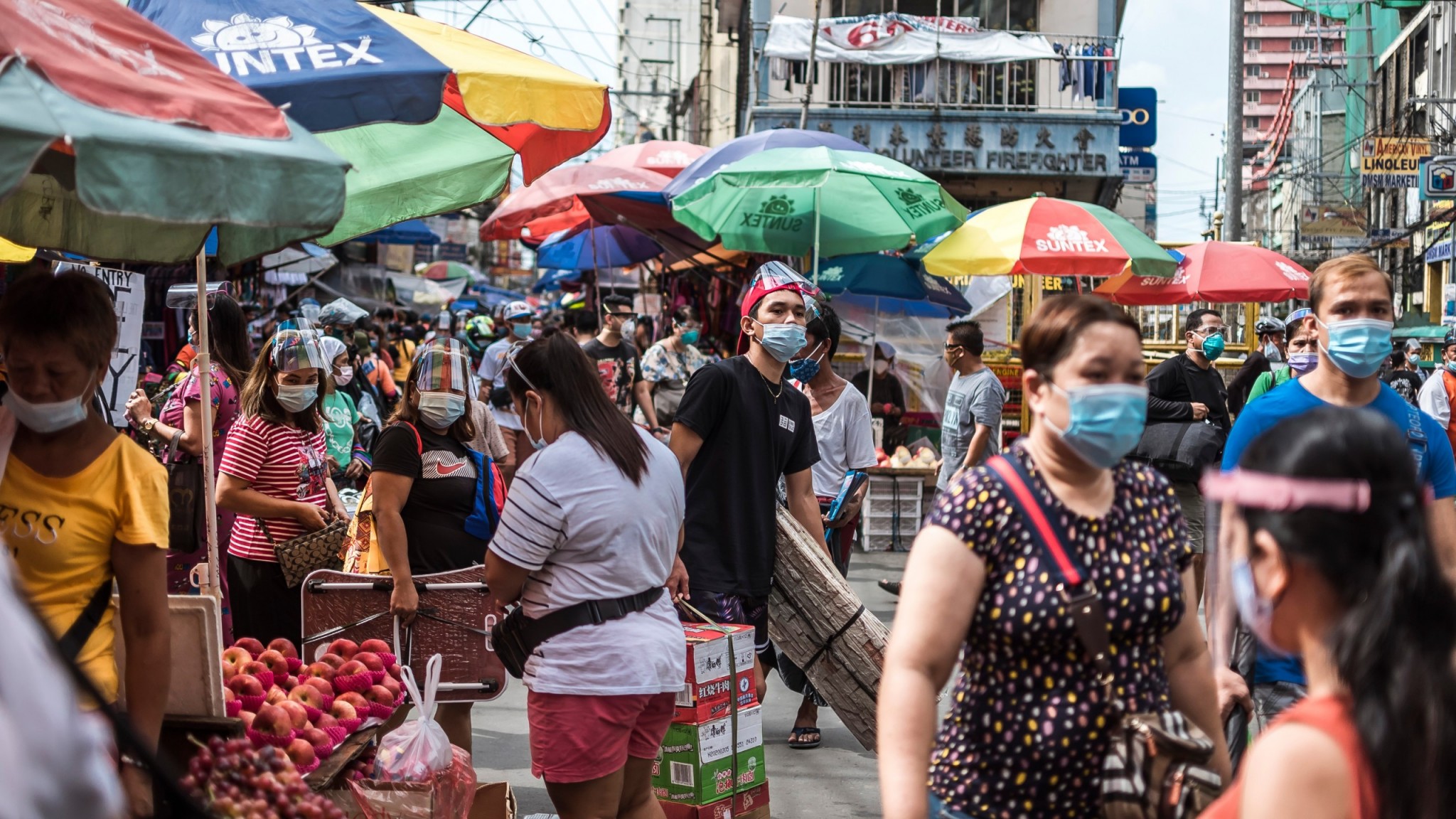This article was published as an op-ed in the BusinessMirror on June 30, 2021.

Can the Philippines inject additional stimulus into the economy and still maintain fiscal sustainability? The answer is that the country needs to spend more to achieve strong economic recovery in the face of the coronavirus-led recession. And the good news is, it can afford to do so, and maintain debt sustainability at the same time.
How can all these seemingly conflicting aims be achieved? Well let’s just start with the situation as it is. The Philippines is climbing slowly out of its recession in 2020, and any delayed economic recovery or prolonged slack in the economy will leave permanent scars. So what the country needs is sufficient fiscal stimulus to sustain a strong recovery to bring gross domestic product (GDP) growth back to pre-Covid levels and secure livelihoods.
On to the second point on affordability. The Philippines still has a sizeable fiscal buffer, despite national debt-to-GDP rising to 54.6 percent in 2020 from 39.6 percent in 2019 due to the economic contraction and large fiscal spending to support the economy during the pandemic lockdown. The higher ratio remains substantially lower than the 70 percent threshold that the IMF sees as signaling potential debt stress events in its assessment of debt sustainability for emerging markets economies.
Besides, the government will not likely experience financing difficulties because domestic savings has increased sharply due to the collapse in private spending, and the central bank is committed to providing abundant liquidity through the purchase of government securities in the secondary market. External financing is also a viable option, as seen by the country’s low sovereign credit default swap spread and investment grade credit ratings.
The debt profile of the Philippines is not as vulnerable to sudden shocks as some other emerging markets economies because of its low dependency on external financing (about 30 percent of total debt). This situation alleviates vulnerabilities to liquidity risk arising from sudden shifts in the risk appetite of foreign investors. And, the country demonstrates a low share of national debt maturing within 12 months, making it less susceptible to rollover risk. Furthermore, the risk posed by contingent liabilities from public-private partnership projects, domestic credit accumulation, and external debt is well managed.
How about debt sustainability if the country needs to spend much more now? More growth-friendly and supportive fiscal spending will promote a stronger economic recovery at the cost of rising national debt in the short-term. However, in the medium to long term, higher economic growth will raise fiscal revenue and augment the country’s ability to afford debt, eventually leading to a lower national debt-to-GDP ratio.
It is noteworthy that many studies have found the effects of fiscal policy on economic growth (the so called fiscal multipliers) are significantly higher during economic downturns than during expansions or in normal economic circumstances. A stimulus is more effective during a downturn because the increased government spending supplements private demand and stimulates consumption and investment. In addition, the impact of fiscal stimulus is magnified when interest rates remain low for a sufficiently long period because economic agents benefit from low borrowing costs. Furthermore, fiscal stimulus shows more persistent effects on the economy during recessions and under accommodative monetary policy.
Consequently, given the considerable slack in the economy and current low interest rates, the impact of fiscal stimulus on the Philippine economy will be more powerful than ever.
According to AMRO’s debt projection simulation that takes into account the size and persistence of fiscal multipliers under various scenarios, we consistently find that an increase in expenditure would raise national debt-to-GDP ratio for the first two to three years, with the ratio falling from the third or fourth year due to higher growth, so any spending would have only a short-term negative effect on debt-to-GDP.
The Philippine government has in the past maintained a prudent fiscal policy; building up a sizeable fiscal buffer before the pandemic began. Now is the time to leverage on the fiscal policy space to achieve a robust recovery, and an inclusive and sustainable growth.
